From St. Elizabeth Ann Seton to the Sisters of Life: A Legacy of Grace, Unbroken
From Orphans to the Unborn the Story of a Call That Never Fades
I’ve passed it for years.
That small brick chapel, dwarfed by an imposing wall of skyscrapers.
For decades, I had no idea what it was, but I knew one thing for certain…it was important.
The land it sat upon wasn’t just prime real estate—it was some of the most valuable real estate on earth.
An unobstructed view of New York Harbor, nestled in the heart of the Financial District.
I was right.
I just didn’t know how right—until this past week.
A Dagger and a Saint
A few years ago, I wrote a piece about Bishop John Hughes, better known as “Dagger John.”
The nickname came from both his fierce temperament and the way he signed his name—with a cross so sharp, it resembled a dagger.
Loved, loathed, feared—he was precisely the prelate New York needed for that time.
In the mid-1800s, he stared down ravenous anti-Catholic mobs that had already laid waste to Philadelphia’s churches and were threatening to flatten New York’s next. His defiance helped usher in a golden age of Catholicism in the city, laying the groundwork for many of New York’s great Catholic institutions—including St. Patrick’s Cathedral.
But what I hadn’t known at the time—what I hadn’t yet discovered—was that his rise to prominence (and even his very entry into Mount St. Mary’s Seminary, after being rejected several times) could be traced back to America’s first native-born saint…
St. Elizabeth Ann Seton.
The First Call of Grace
My first encounter with her story came through a letter.
Bishop John Connolly, the second bishop of New York, had written to Mother Seton in 1817, pleading with her to send some of her newly founded Sisters of Charity to care for the exploding population of the city.
New York was brutal.
Overcrowded slums and tenements, ravaged by yellow fever, typhoid, and smallpox. The streets were ruled by gang violence, littered with orphans left to fend for themselves in alleys and gutters.
And so, St. Elizabeth Ann Seton sent three Sisters to serve.
They opened the first Catholic orphanage in the city, in an old Revolutionary War field hospital on the corner of Mott and Prince Streets—directly across from the newly built, now St. Patrick’s Old Cathedral.
It was no grand convent.
It was known as “The Dead House”, its wide-planked floors “so stained with blood that no amount of scrubbing could ever make them clean.”
Welcome to New York.
But they stayed.
They persevered.
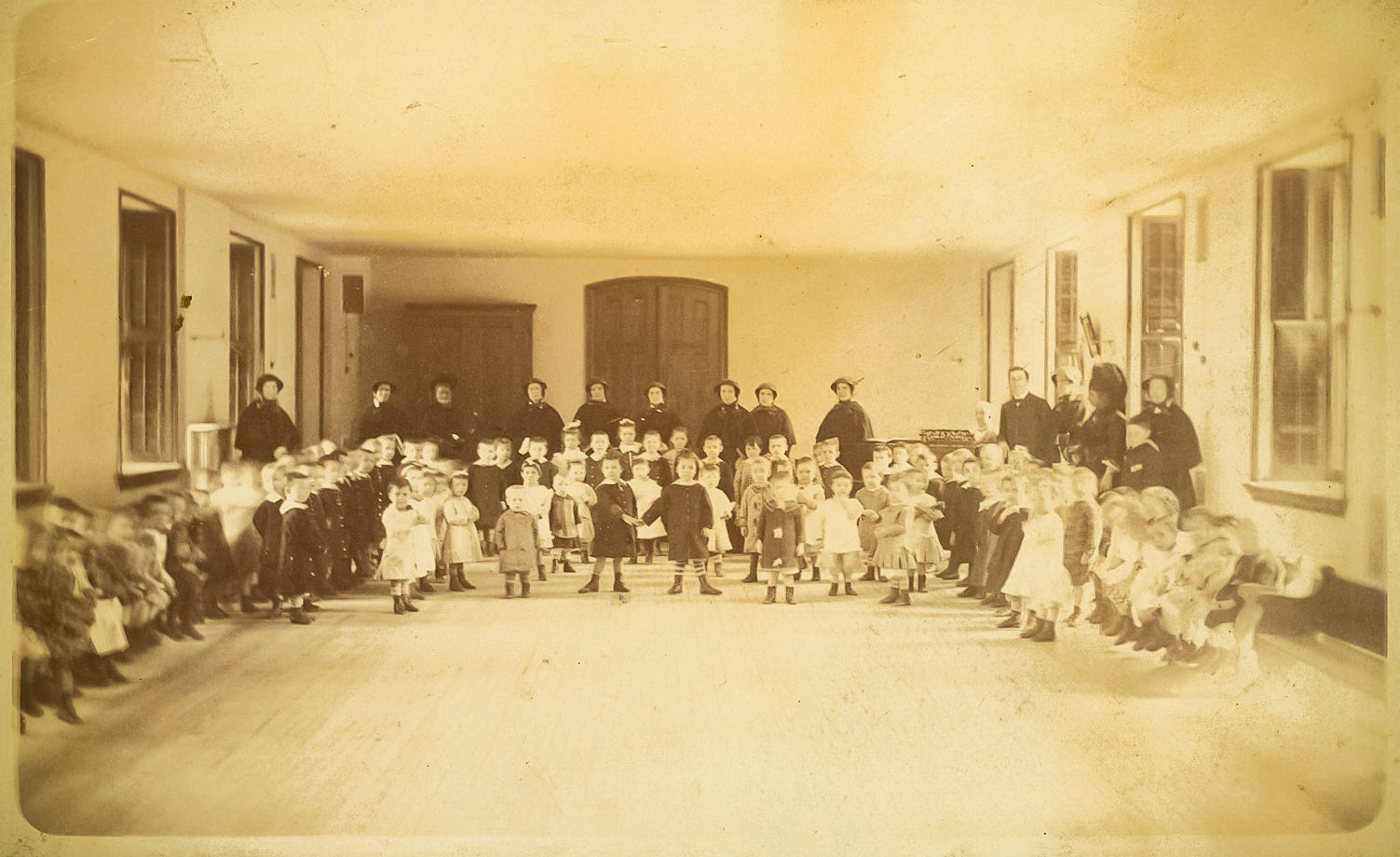
And over the next century, the Sisters of Charity of St. Joseph opened dozens of schools and orphanages, caring for countless thousands of children…
Until, eventually, they didn’t.
In 2023, after a long and storied history, the Sisters of Charity of St. Vincent de Paul of New York made the painful decision to stop accepting new vocations.
It seemed like the end of a beautiful, Grace-filled story.
But it wasn’t.
The same Grace that called Elizabeth Ann Seton to conversion, marry, to raise her family, to found an order—that Grace, that abiding Grace, didn’t disappear when the Sisters of Charity closed their doors.
It adapted.
It shifted, like Living Water, flowing to where it was most needed in the new day and age.
The Second Call of Grace
In 1989, while visiting Auschwitz, John Cardinal O’Connor felt a profound call—one that would echo through the decades.
Standing in a place where human life had been systematically discarded, he resolved to do something—something to proclaim, preserve, and protect the dignity of every human life.
He put out a plea in Catholic New York, writing an article titled:
“Help Wanted: Sisters of Life.”
Letters poured in from around the globe.
And on June 1, 1991, eight women professed vows of poverty, chastity, and obedience—and a fourth vow…
…to protect and enhance the sacredness of human life.
The Sisters of Life were born.
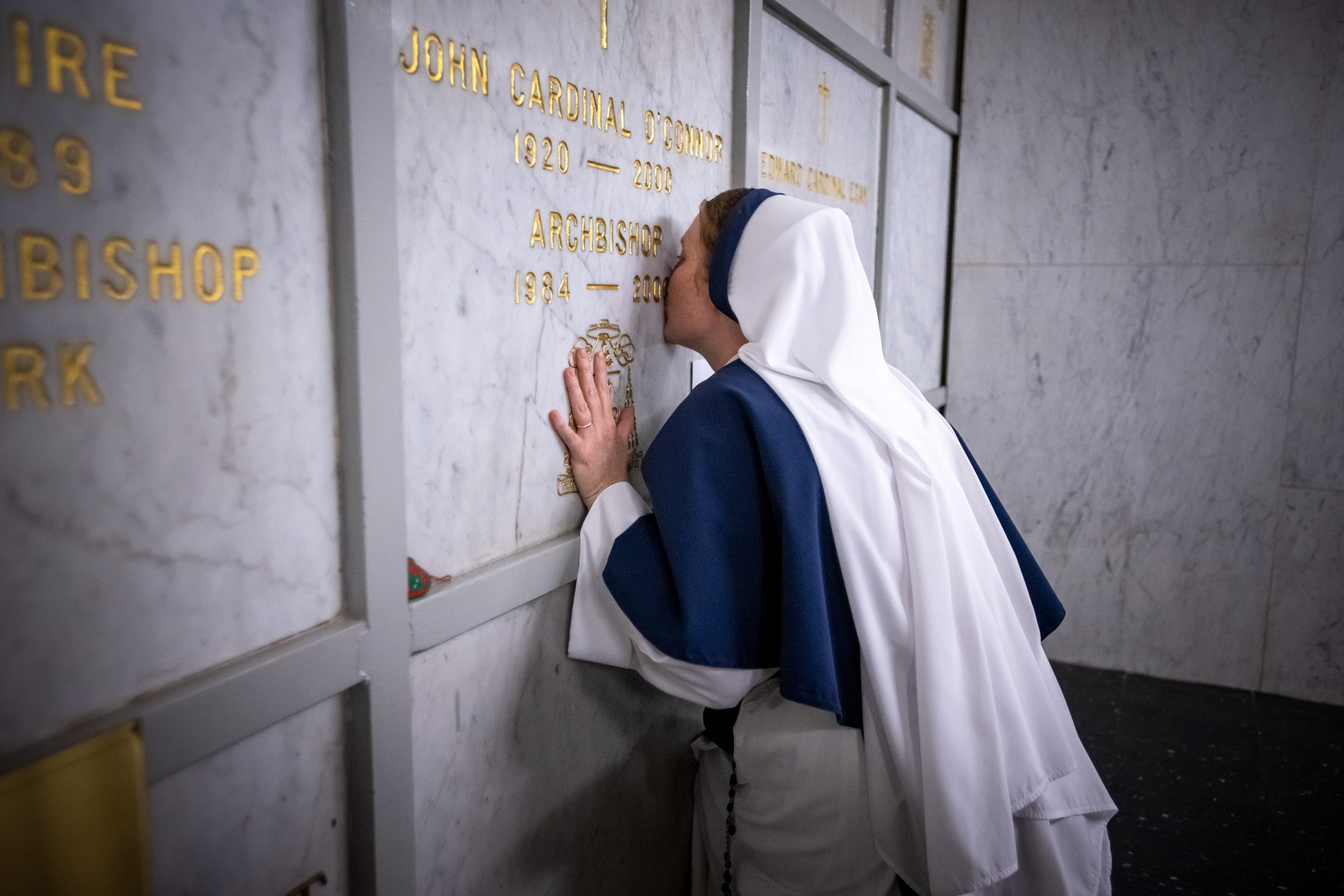
And today, they are one of the most vibrant new religious communities in the nation, with houses in:
Connecticut
Washington, D.C.
Colorado
Arizona
Philadelphia
Toronto
And, of course, New York.
And in 2023—the very year the Sisters of Charity stepped back—it was announced that the Sisters of Life would be moving…
…to 7/8 State Street.
That Little Brick Building and Chapel named Our Lady of the Rosary, across the harbor from the Statue of Liberty.
The Chapel built on the very ground where St. Elizabeth Ann Seton lived with her husband and children in the years immediately before her conversion to Catholicism.
Where she raised her children.
Where the seeds of her vocation were planted.
That Little Brick Building and Chapel that is now the New York Shrine of St. Elizabeth Ann Seton.
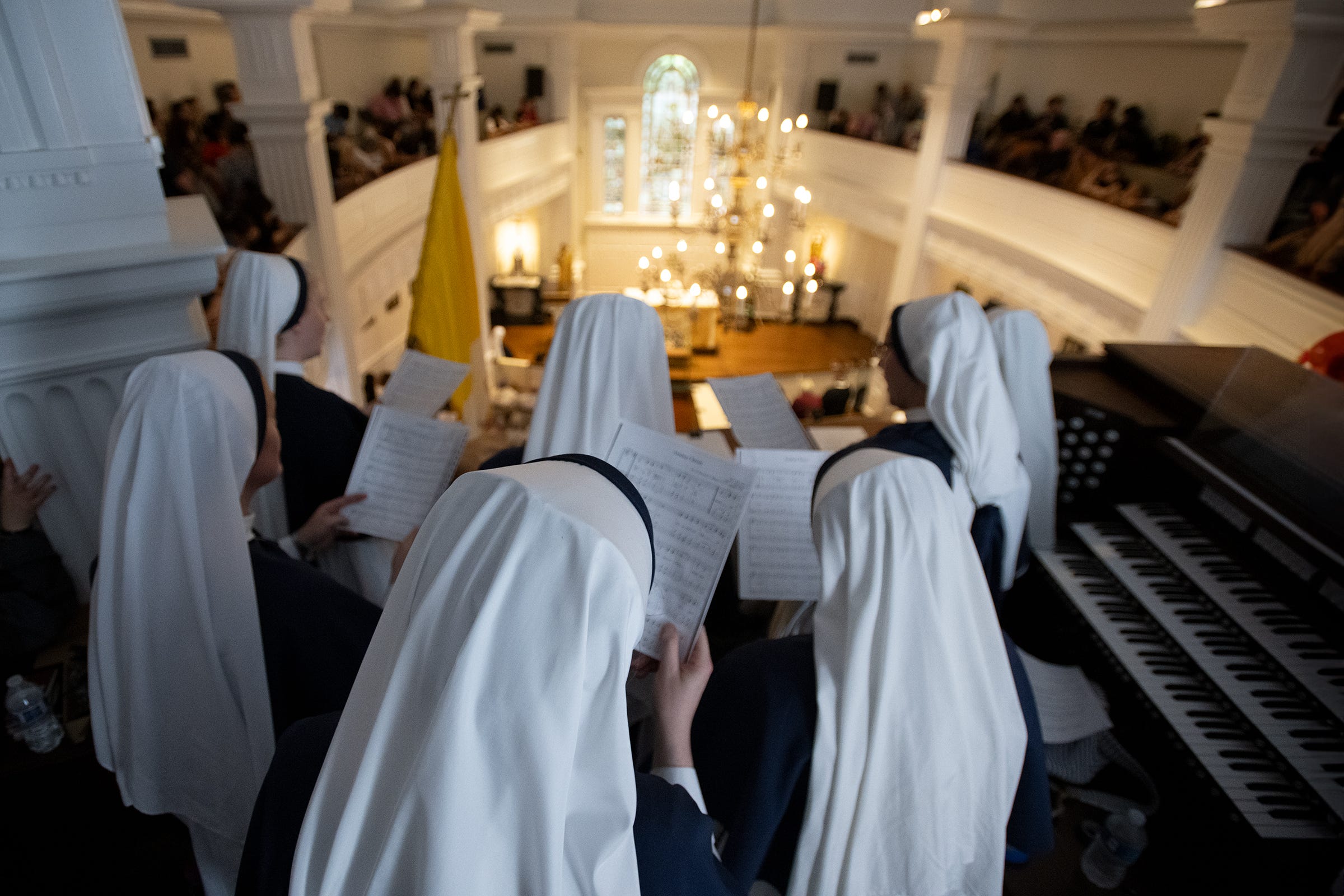
It takes your breath away.
To see how God responds to every age with exactly the Grace it needs.
Grace for the past—for orphans and immigrants in 19th-century New York.
Grace for the present—for the unborn, the elderly, the vulnerable, whose dignity is under siege today.
Grace that is alive, dynamic, and responsive—not bound to institutions, but moving through the hearts and hands of those willing to say “Yes.”
In this case it began in the location of the Little Brick Chapel, with the joyful cries of the Seton children.
It continued with the voices of orphaned children who found refuge in the care of the Sisters of Charity.
And today, it continues with the cries of newborns whose mothers chose life—thanks to the mercy of God and the loving care of the Sisters of Life.
I can’t help but wonder if St. Elizabeth Ann Seton herself gazes down from heaven, smiling…
As the torch she once carried now burns brightly in the hands of the Sisters of Life.
With a living Grace.
An eternal Grace.
A Grace—clear evidence—of God’s unrelenting Love for each and every one of us.
”For I am convinced that neither death, nor life, nor angels, nor principalities, nor present things, nor future things, nor powers, nor height, nor depth, nor any other creature will be able to separate us from the love of God in Christ Jesus our Lord.”
Romans 8:38-39





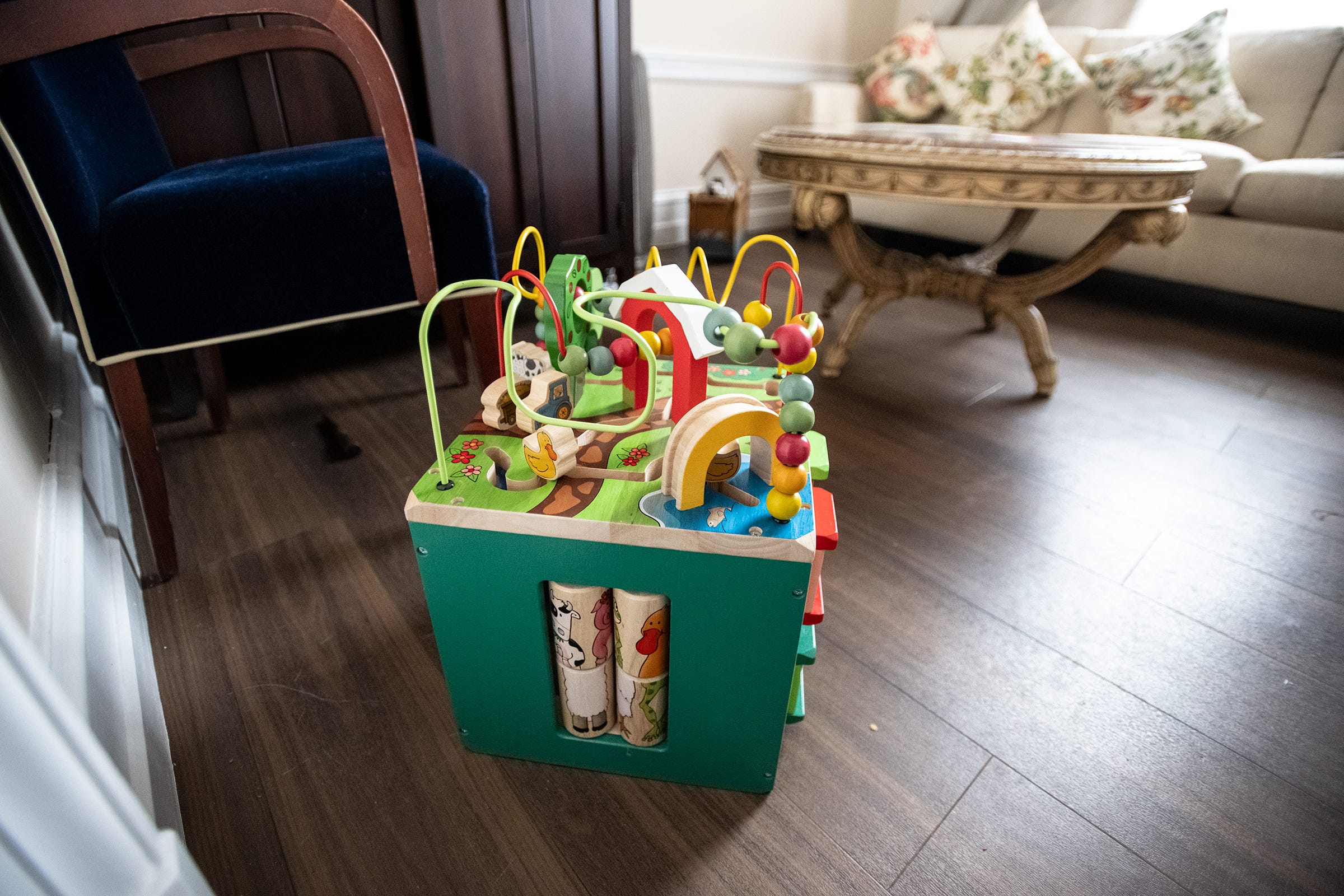
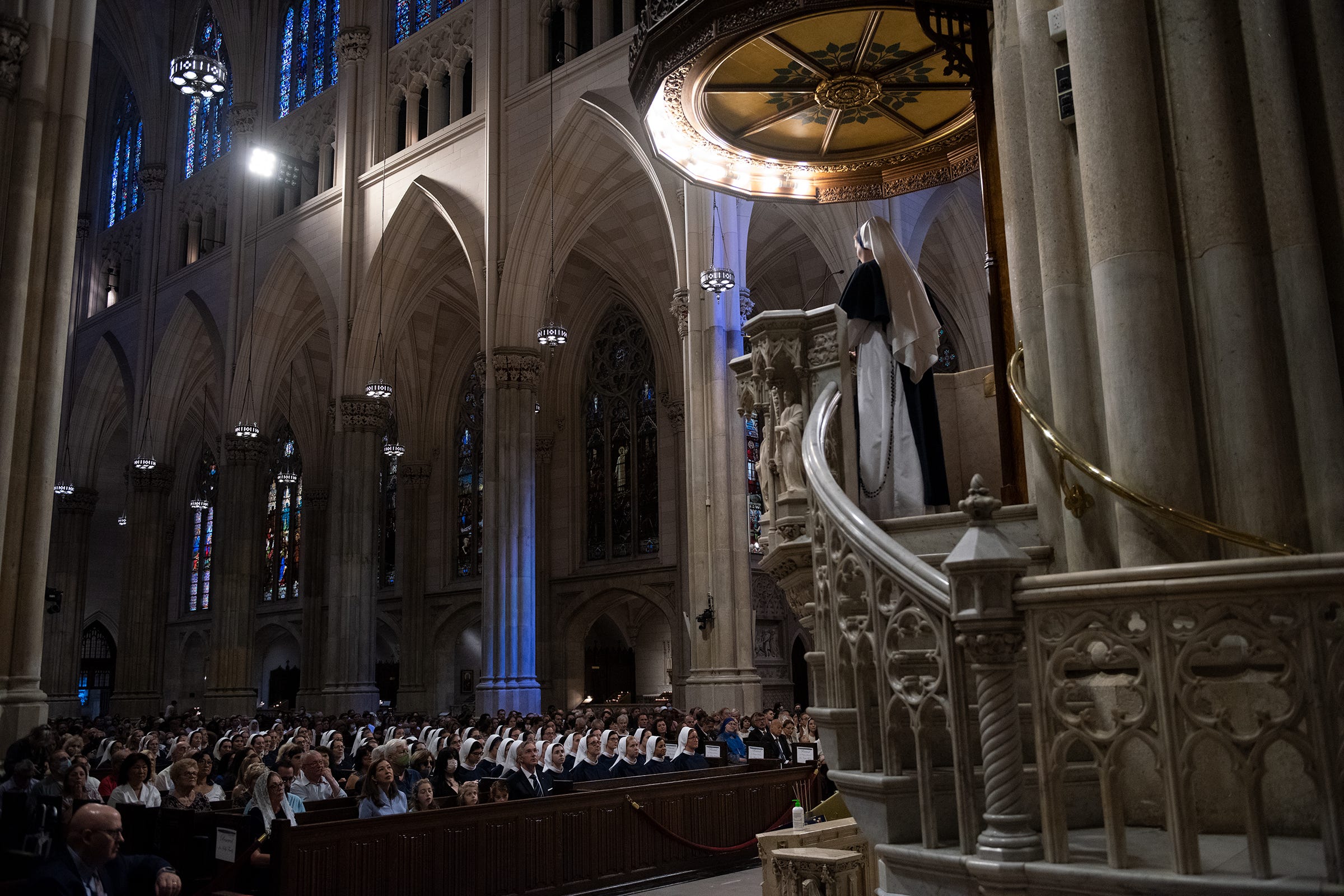
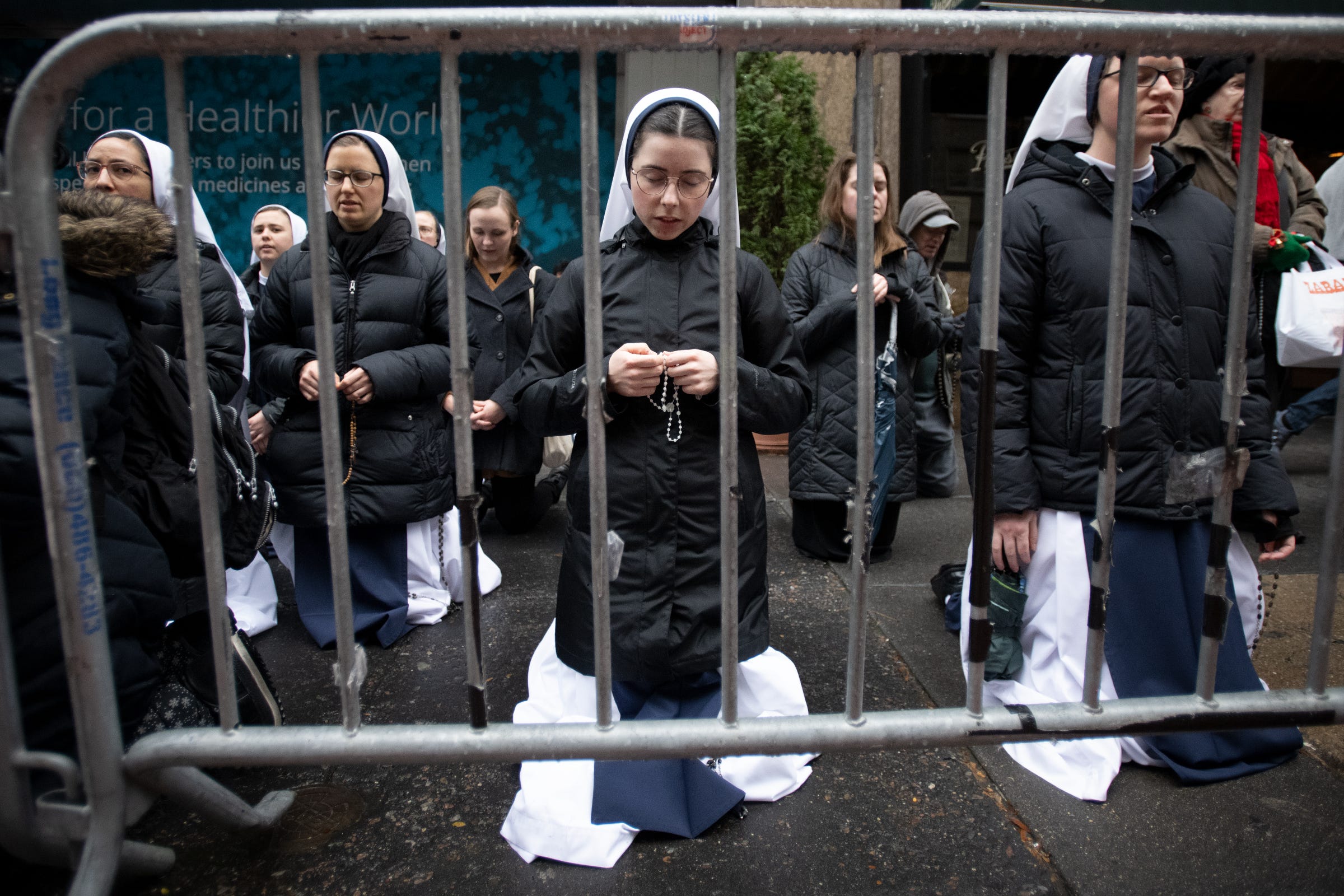


Thanks for reading! This is a truly independent, reader-supported periodical. Your support is crucial. If you are able, please consider a paid subscription or making a ‘Patron of the Arts’ donation of any amount. By doing so, you are not just supporting this effort; you’re a vital part of this mission.
You have my heartfelt thanks for your generosity and support, and please keep me in your prayers and know of mine for each of you. God Bless, Jeff


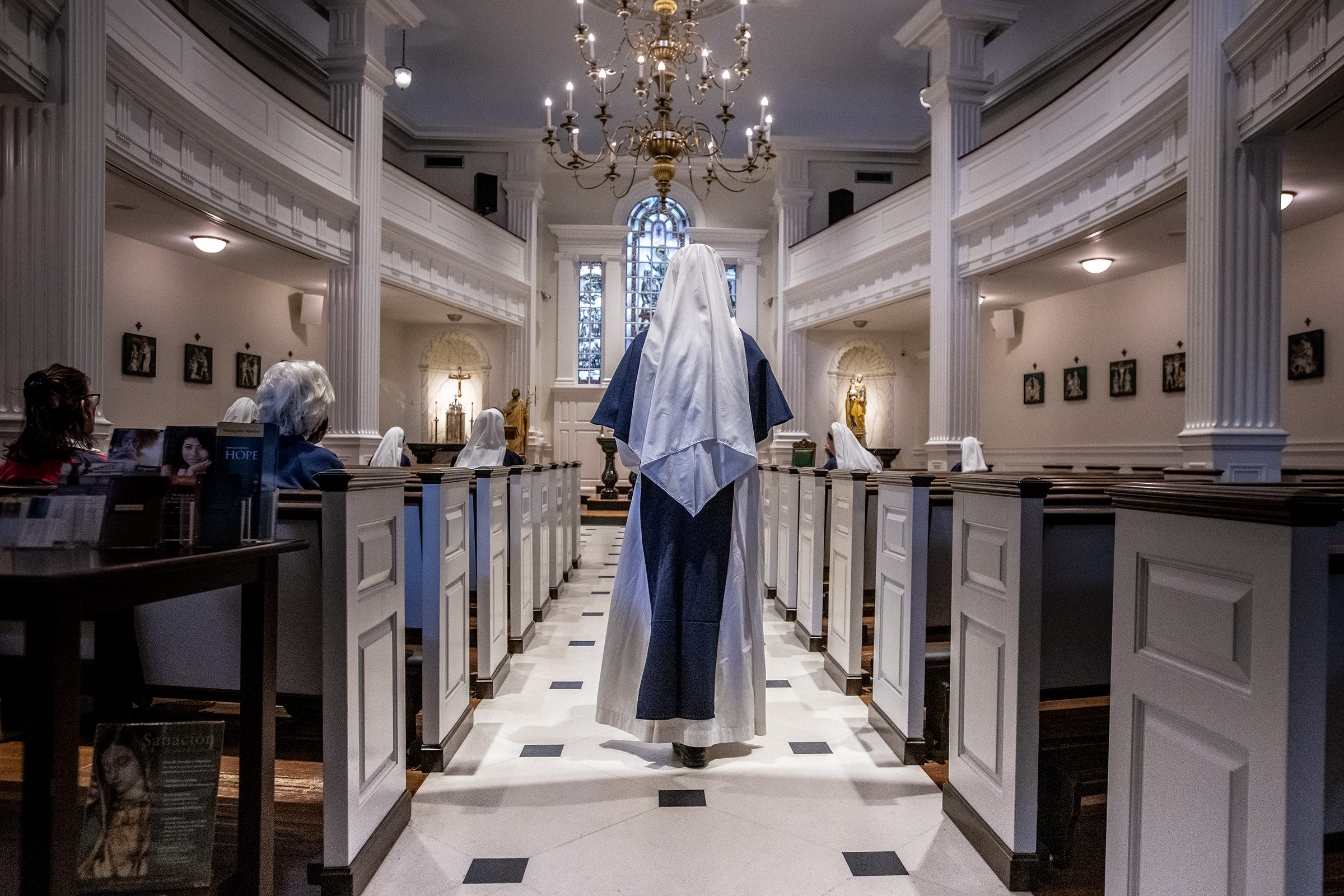


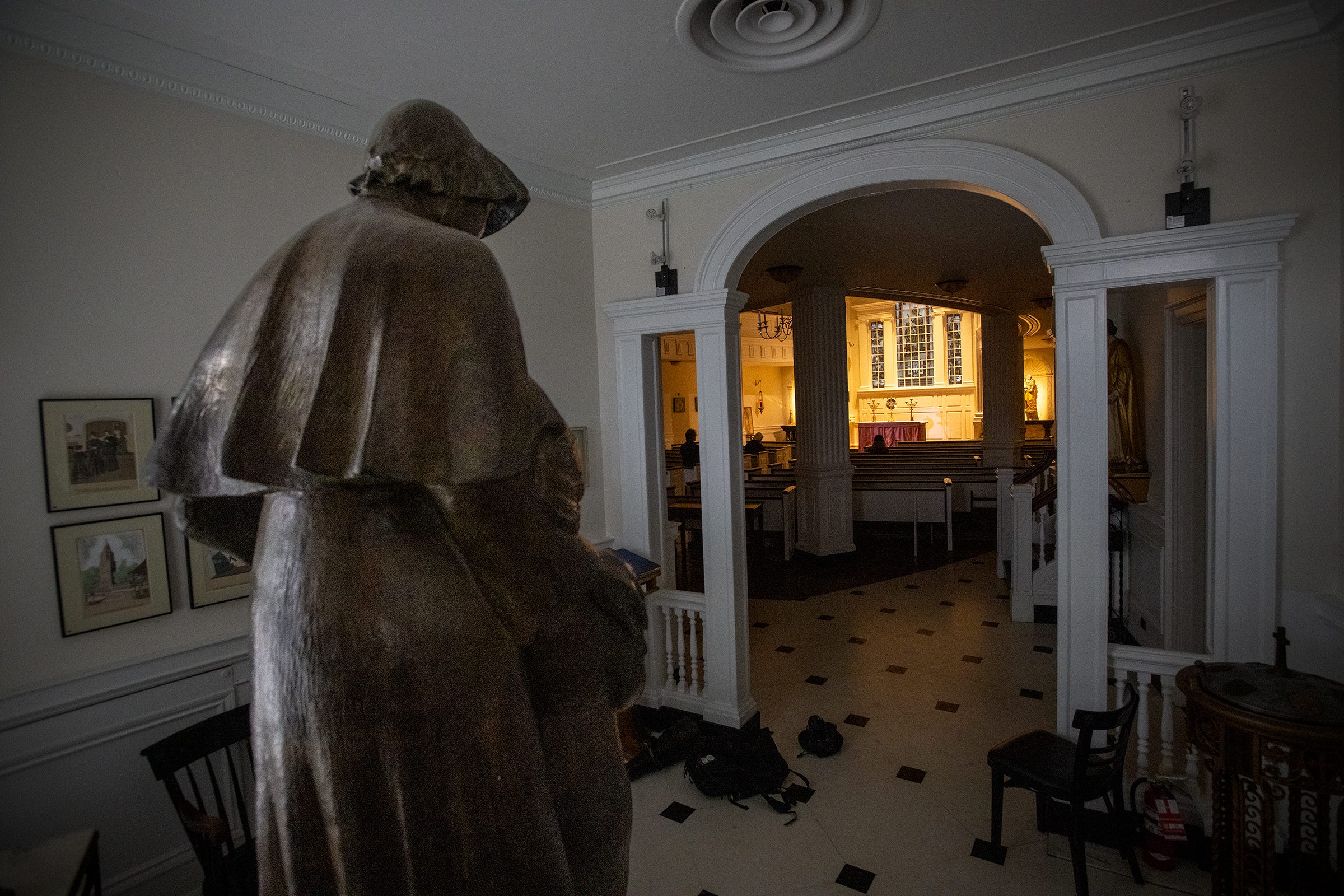
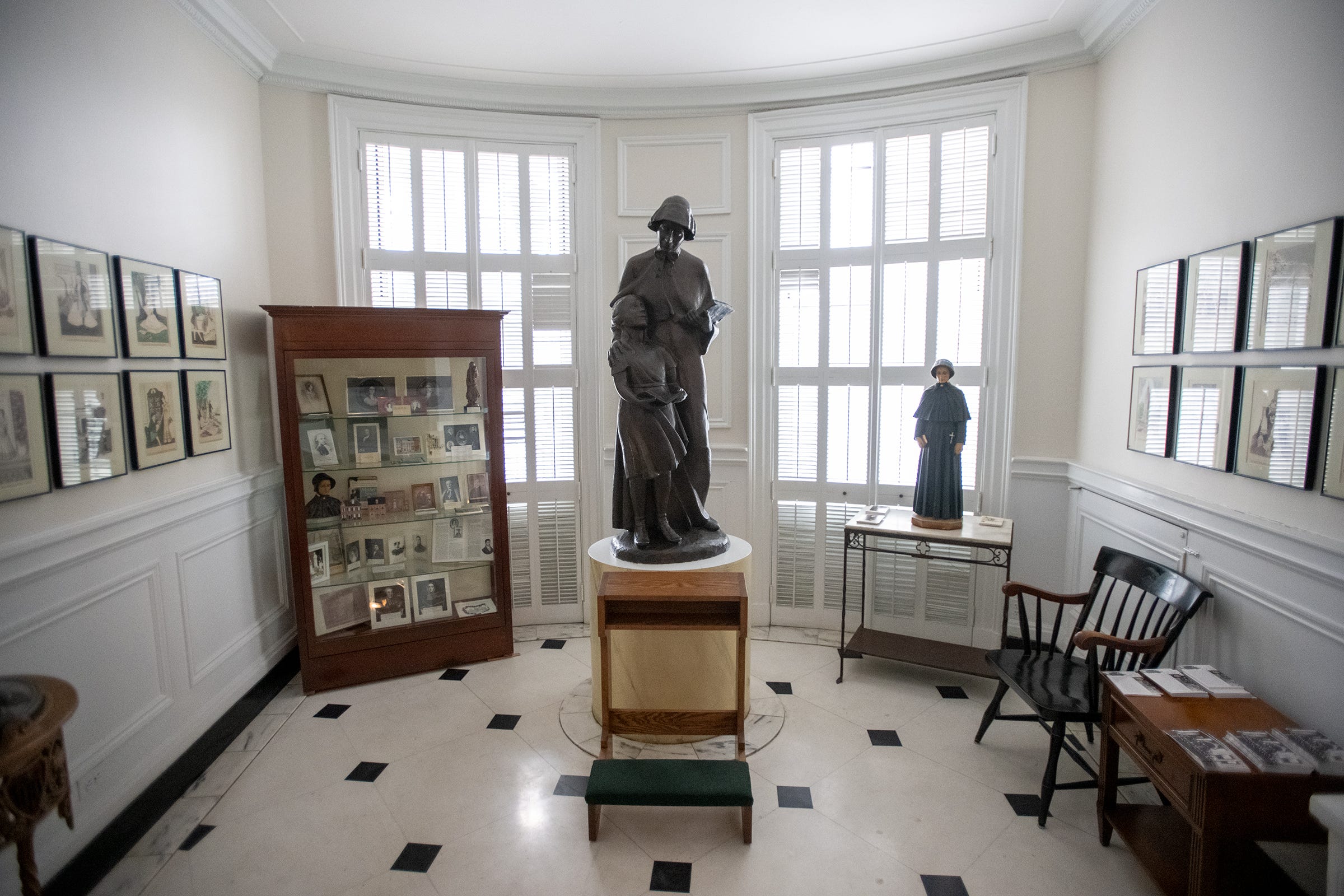


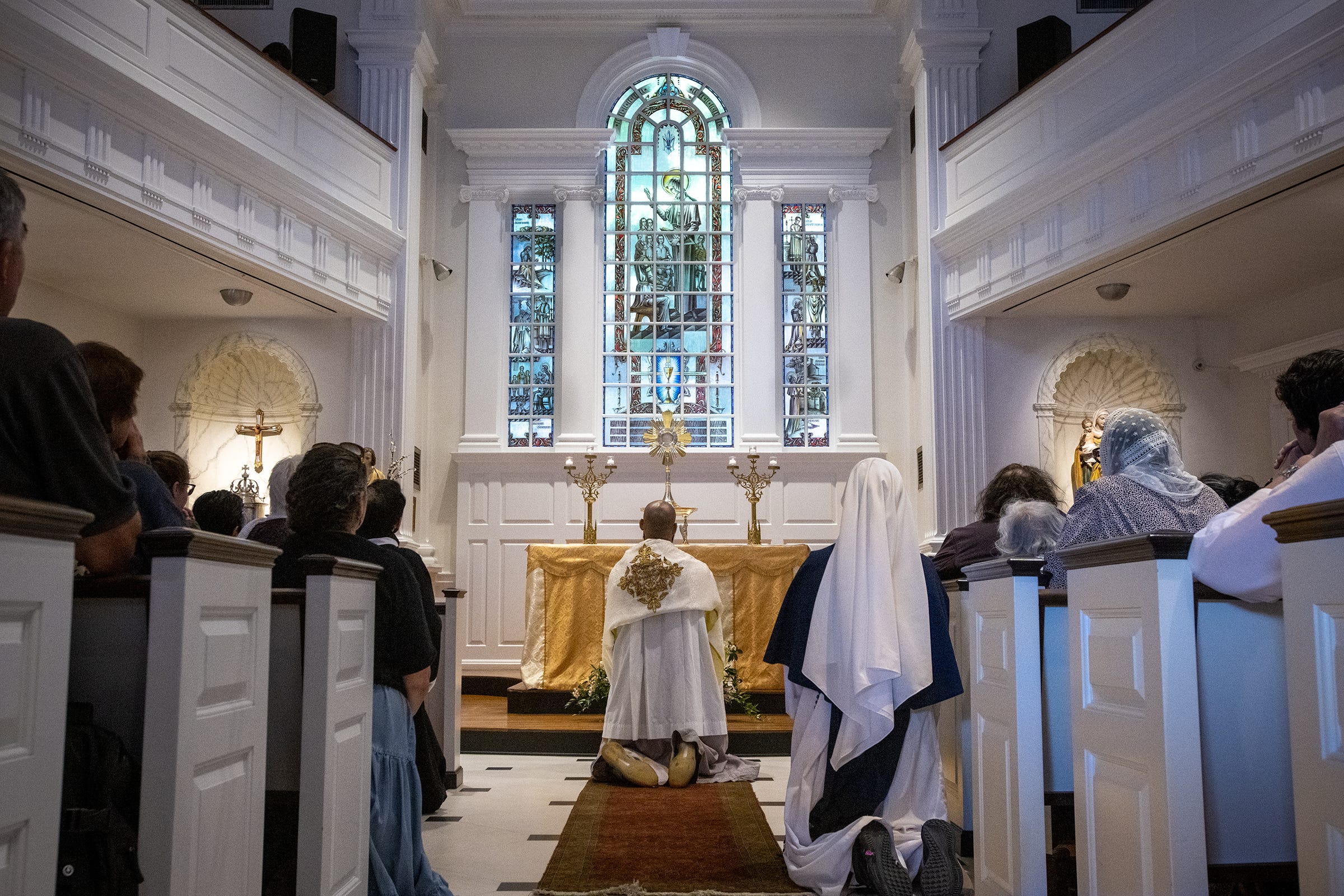
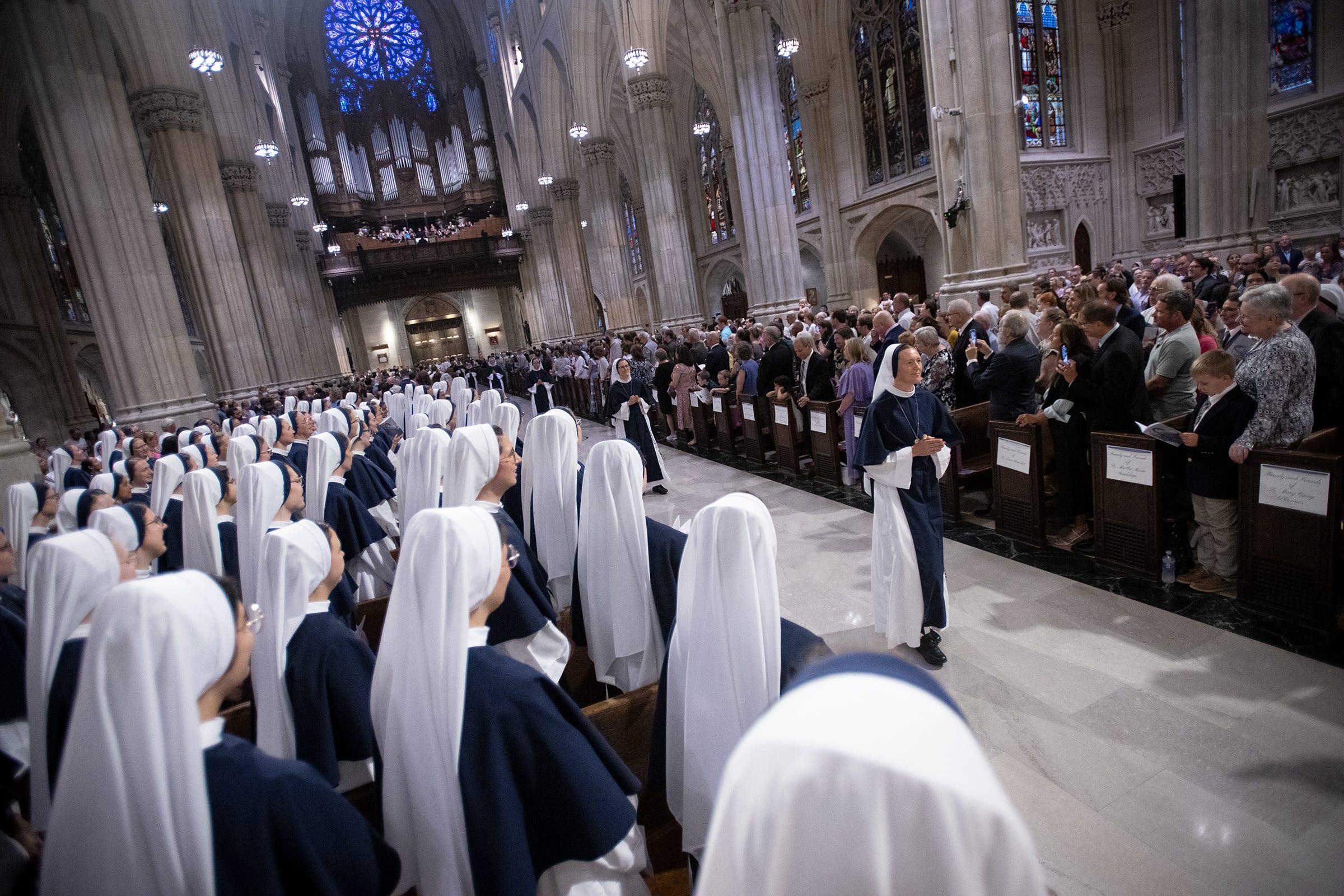


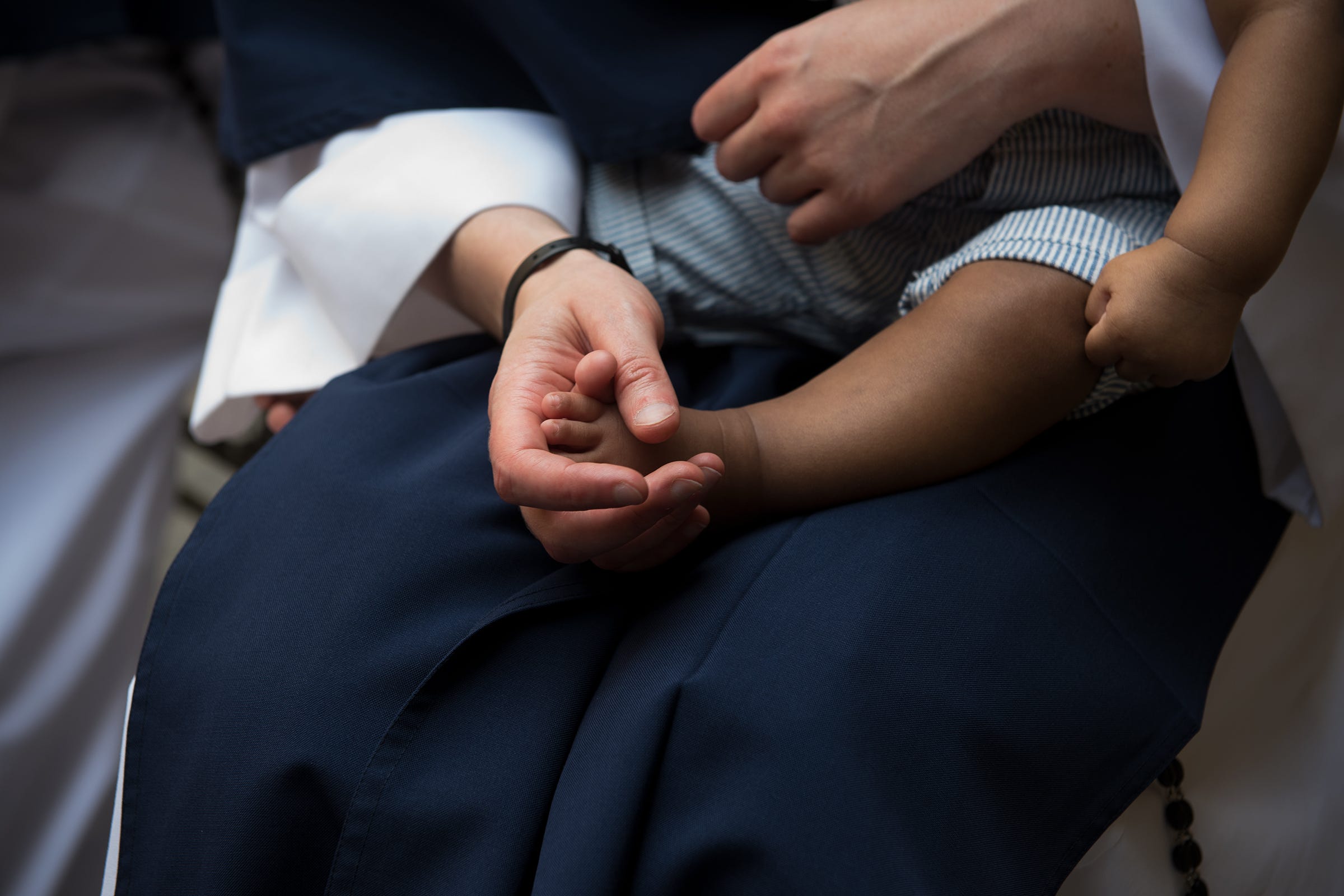
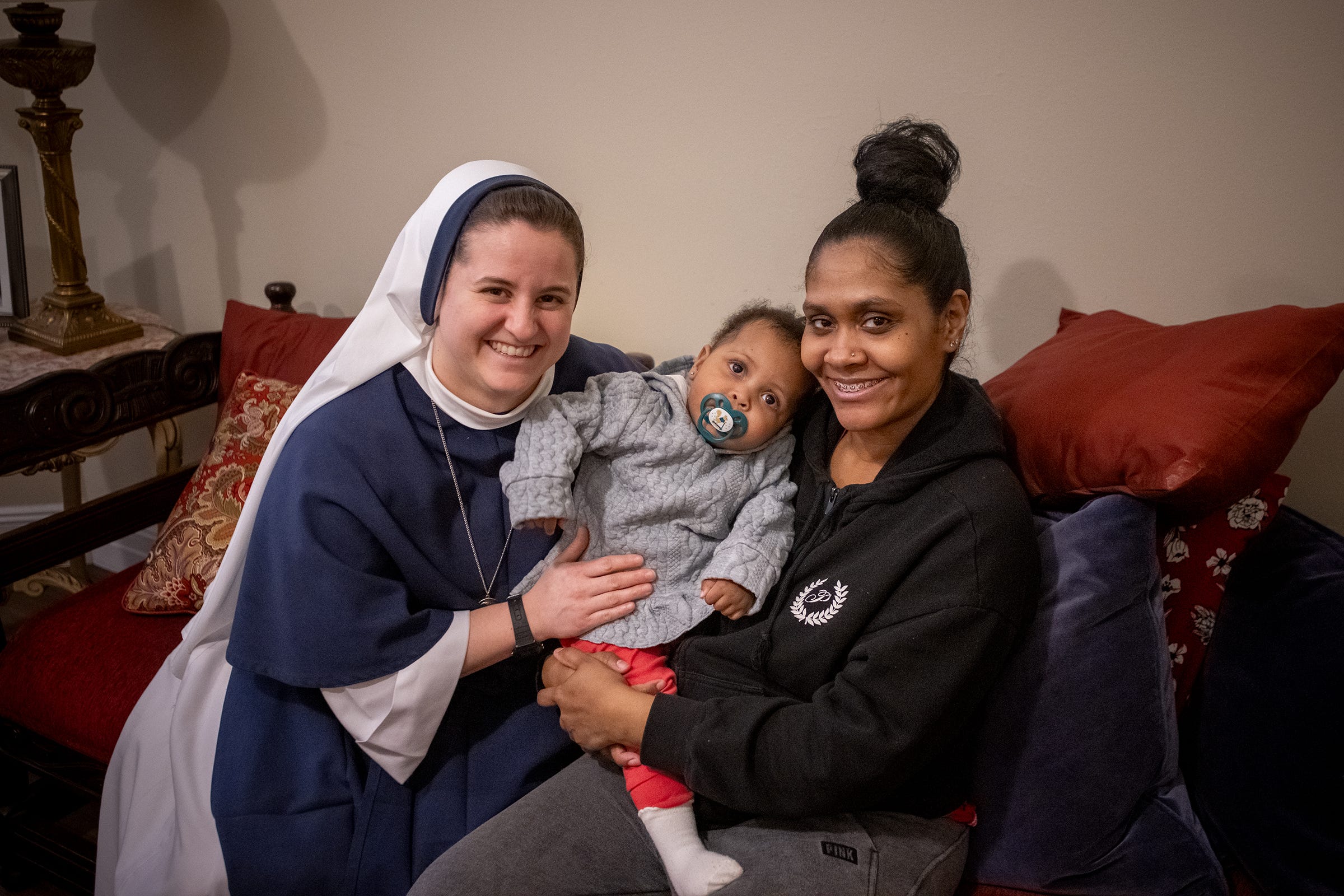

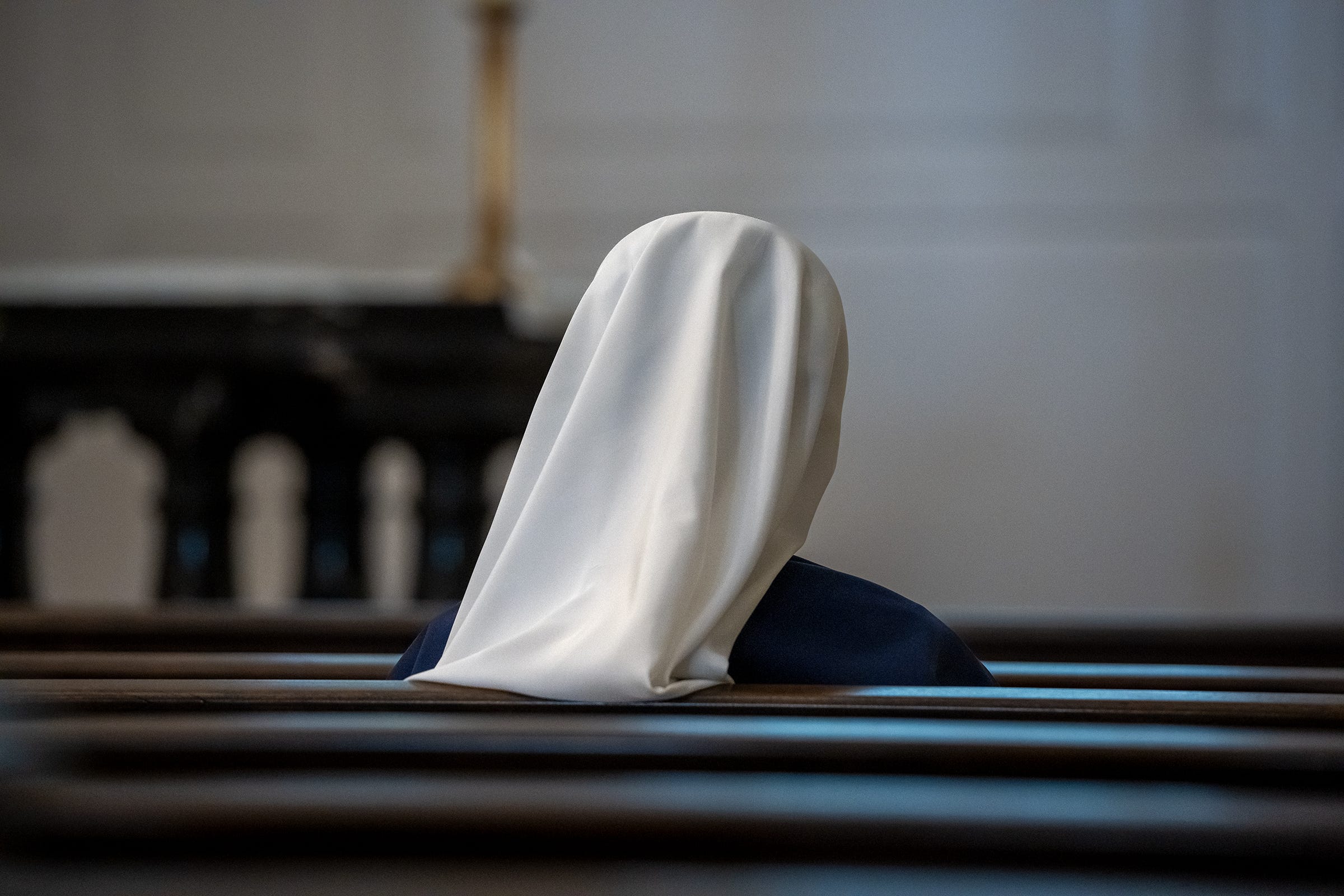
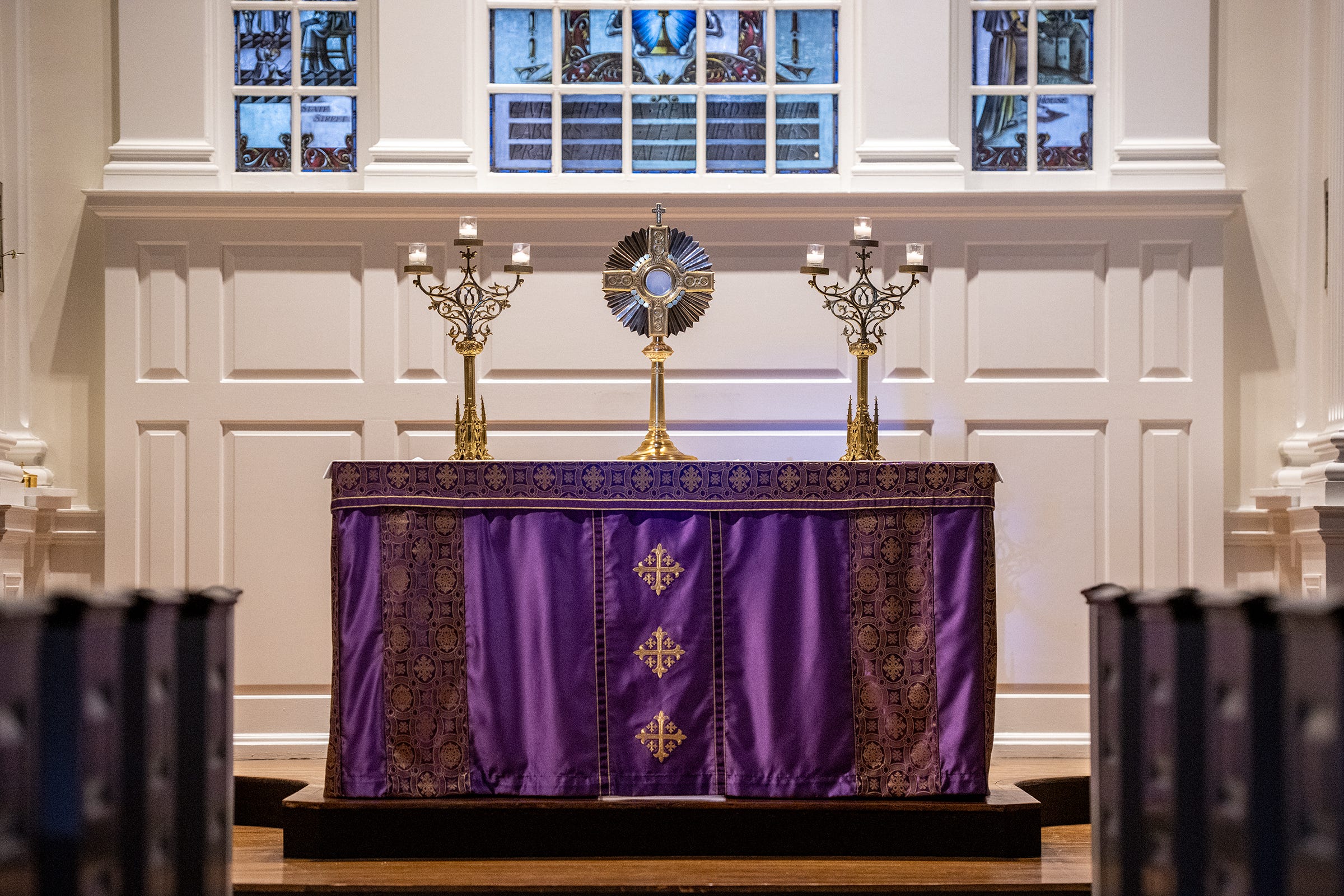
The Sisters of Life are beautiful in their love and support of all who turn to them. I have been part of their monthly meetings and retreats for almost two years. Their compassion, deep understanding, faith, and tenderness are life-giving. And young! How inspiring to see God's grace erupting in this generation. You with pain in your soul, call them.
Beautiful account of God’s love and his care for all people.